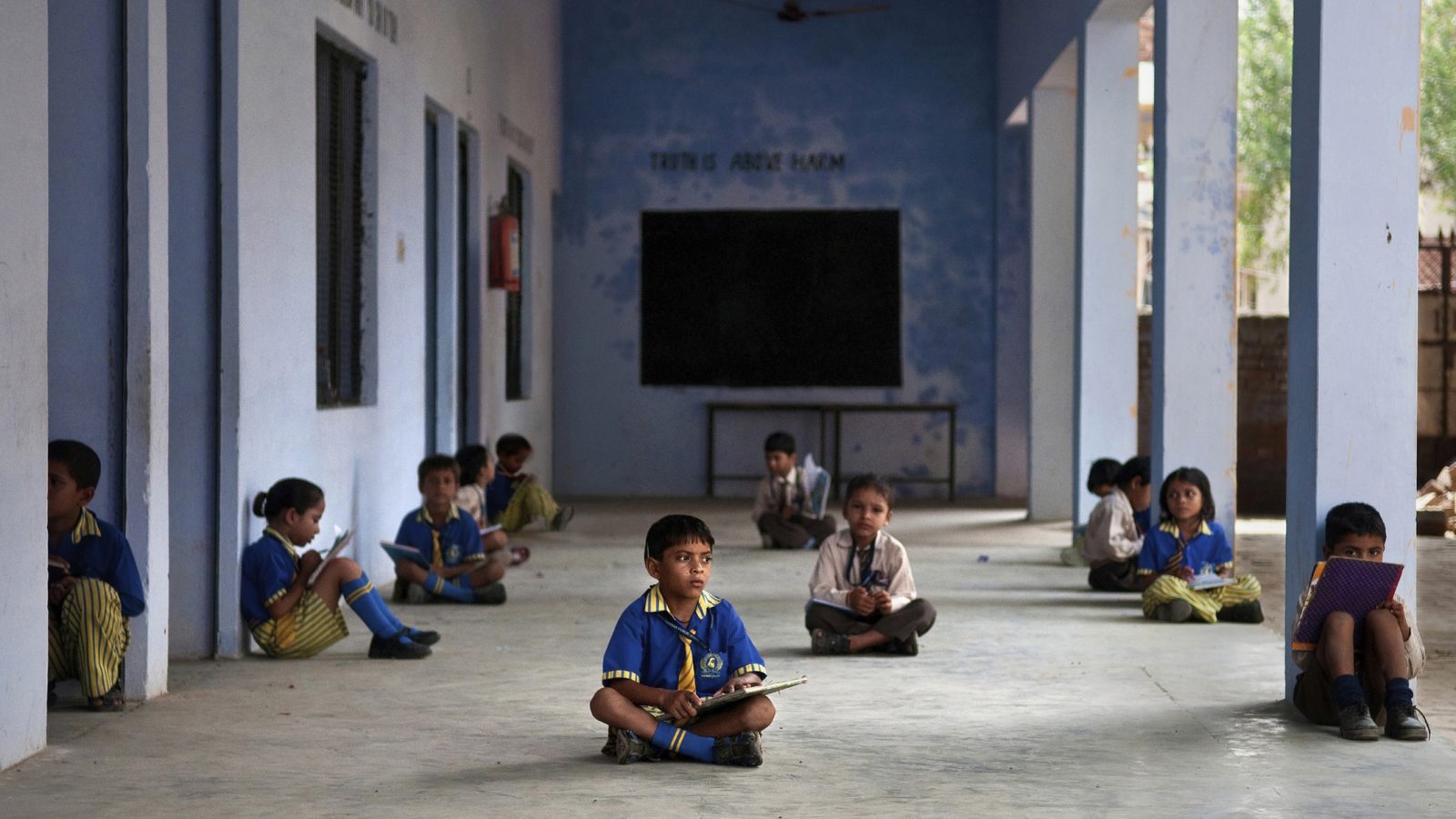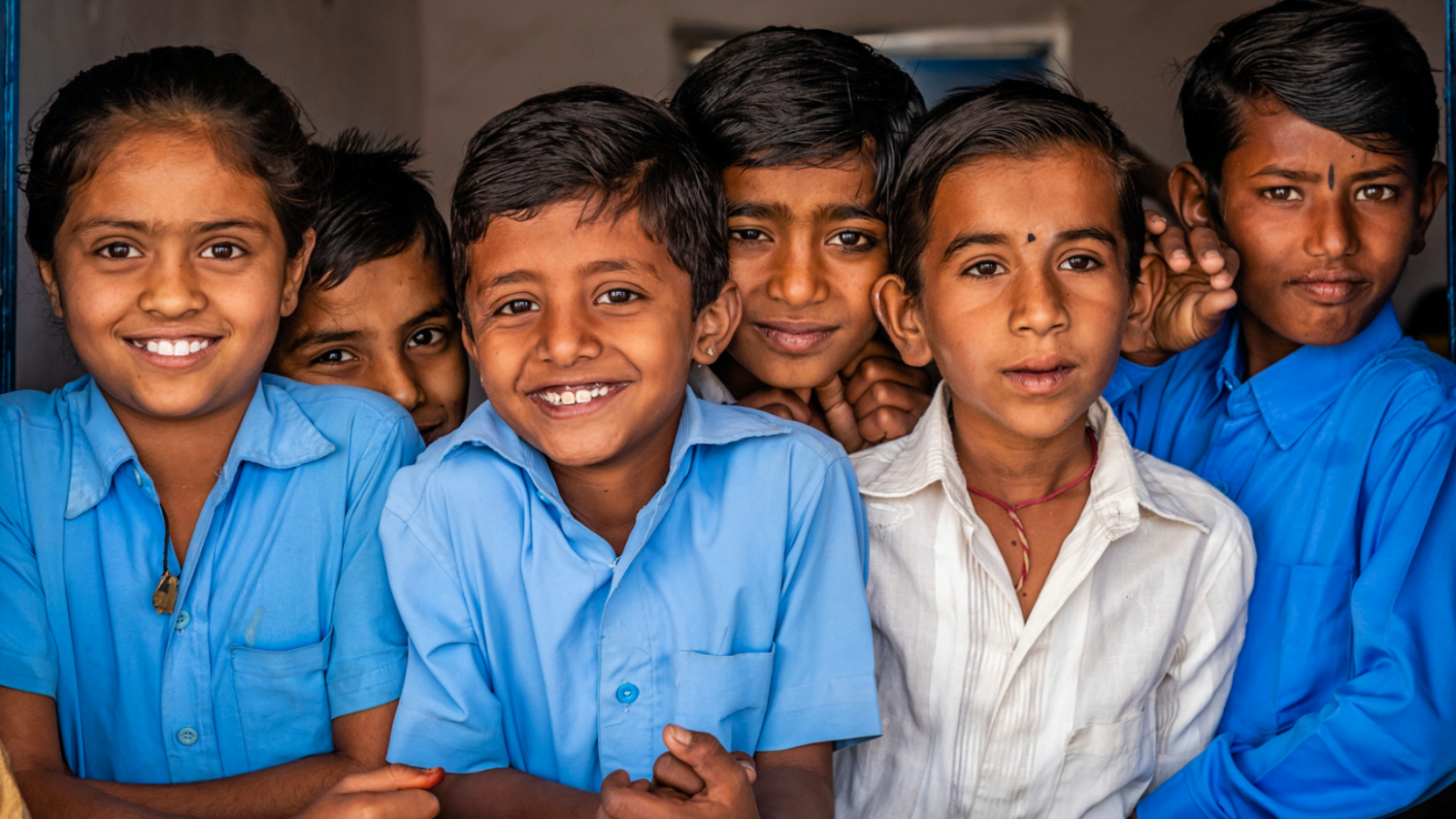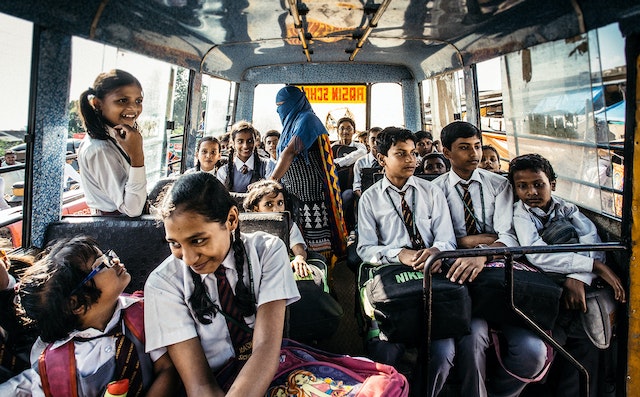
COVID-19 and Exclusion of Children with Disabilities in Education
Insights from four states in India
Summary: This study by Vidhi aims to contribute to a limited body of work documenting the unique challenges of students with different disabilities in accessing education during the COVID-19 pandemic in India.
The COVID-19 pandemic has worsened systems of education for all children. The worst affected among these are children with disabilities (CWDs). Despite a legislative framework protecting the right to education for all children, one-fourth of CWDs between 5-19 years, and three-fourth of five-year olds, are not enrolled in any formal schooling (UNESCO, 2019).
Further, CWDs in India are more likely to belong to socio-economically worse-off households (Kalyanpur, 2008) as compared to other children. Moreover, 72% of the disabled population in India resides in rural areas (UNESCO, 2019). Inaccessibility of education for many CWDs is thus also a function of poverty.
This study aims to contribute to a limited body of work documenting the unique challenges of students with different disabilities in accessing education during the COVID-19 pandemic in India. It also documents other disruptions in lives of CWDs, their families and teachers during the pandemic – economic and health shocks, access to food, medical care and rehabilitation – and the implications of these on educational access.
Based on consultations with civil society organisations (CSOs) and government officials in the disability space – the study provides actionable recommendations for Ministries of Education (central and state) and Ministries of Social Justice and Empowerment (MSJE) (centre and state).These include immediate responses to the challenge incurred due to the COVID-19 pandemic, and suggestions for addressing socio-economic vulnerabilities and inclusion in education in the long-term.
A combination of in-depth and semi-structured interviews were conducted via telephone with a sample of 164 students and their parents/caregivers, 50 teachers, 10 Civil Society Organisations (CSO) and 5 government officials across the four states of Andhra Pradesh, Karnataka, Kerala and Tamil Nadu between September – October 2020. Key findings and recommendations are summarised below.
Vidhi’s new study on the influence of the COVID-19 pandemic on education access finds poverty plays a key role in inaccessibility of education for many children with disabilities (CWDs).
Challenges faced by students and caregivers
Households faced losses of jobs/income and housing, increased debts, inadequate nutrition, and inability to access medical care.
- Households reported being reliant on government support schemes for access to basic services, and instances of disruptions in delivery of entitlements under schemes, which in the most dire circumstances, impacted allocation of resources between children in the home.
- Caregivers reported increased household responsibilities and stress levels, taking a toll on their mental health.
- Access to determinants of child well-being, such as health, rehabilitation and routine were disrupted, with some children being forced to discontinue medical treatments for illnesses such as epilepsy, or forego regular medical checks up and rehabilitation therapy.
- Disrupted routines affected the mental health of children, especially those with intellectual disabilities.
Limitation in modes of education instruction used during the pandemic
Modes of instruction used during the pandemic were inaccessible for several reasons, including, in particular, lack of adequate infrastructure.
- Non-availability of appropriate teaching learning materials (TLM).
- Unaffordability of digital devices and high-speed internet, and lack of technological know-how amongst parents and students.
- Most students were unable to understand lessons and complete assignments, even among those who could access classes regularly
- Students having visual and hearing impairments reported unique issues with accessibility of TLM such as lack of subtitles or sign language interpreters on TV lessons for the latter.
- Children with intellectual disabilities reported greater need for individual attention, social interaction, and routine. Experiences primarily varied based on categories of disability and socio-economic background of households.
Challenges faced by teachers, CSOs and government officials
Teachers reported increased non-teaching activities, job insecurity, and issues with using digital modes of instruction for teaching CWDs
- Government teachers specifically reported an increase in non-teaching activities in the form of COVID-19 relief work. Teachers in private mainstream schools did not report a similar increase in non-teaching work.
- Teachers faced economic insecurity, such as delays in salary payments, and suspension of contracts with uncertainty about contract renewals.
- Teachers faced similar difficulties in navigating online modes of instruction as students such as access to devices and internet, technological know-how, and the effort and time taken to navigate new modes.
- Teachers were reliant on parental engagement, and echoed issues of CWDs and their caregivers on issues of accessibility to digital modes of instruction.
- Digital modes offer limited opportunities for two-way interaction. While some tried to conduct home visits, many were not allowed into communities or homes as people feared contracting the virus.
- Guidelines or training for education of CWDs were not issued to teachers (with the exception of Kerala).
CSOs reported a reduction and diversion of efforts and funds away from education of CWDs since the start of the pandemic. Similarly, government officials suggested education could not be a priority ahead of provision of food and health care.
Across states, stakeholders expressed similar concerns regarding accessibility and efficacy of digital modes of education for students and teachers, and the need to support vulnerable households.
Key recommendations
In consultation with key stakeholders – students, parents, teachers, CSOs and government officials – and based on the findings of this study, the report provides actionable recommendations on the delivery of education, social security, coordination within government departments and coordination between government and CSOs in the disability space.
While findings in this study are limited to experiences of a sample from four states, the recommendations could, however, provide direction for other states as well in addressing issues of educational access for children with disabilities.
As mentioned above, recommendations include immediate responses to the challenge incurred due to the COVID-19 pandemic, and suggestions for addressing socio-economic vulnerabilities and inclusion in education in the long-term.
Recommendations are addressed primarily to the Ministries of Education (centre and state) and Ministries of Social Justice and Empowerment (MSJE) (centre and state), including disability commissioners, health, and social welfare departments.
Education provisioning and greater inclusion for CWDs
1. Identify needs of CWDs that require face-to-face interaction, and what can continue remotely, without compromising quality – in consultation with parents, children with intellectual disabilities might be provided access to special schools and rehabilitation centres. However, children with chronic illness, low immunity, (possibly at higher risk of contracting the virus, and suffering more severely from it) and children below 5 years should not return to schools yet.
2. Bring CWDs back to schools to ensure continued education andrehabilitation (where required) – identify and track children at high risk of dropping-out, or who have discontinued education during the pandemic, and reopen hostels/ residential schools for older CWDs, following COVID-19 protocol. Further,prioritise transportation needs of children with restricted mobility due to disability, ensure schools have appropriate TLM that is accessible to children with visual, hearing impairments, and install appropriate infrastructure to facilitate physical access for CWDs.
3. Making digital modes of education inclusive and accessible – these include using multiple modes of communication to be more inclusive, interactive and efficient, enabling two-way interaction between students and teachers, through home visits, follow-ups on calls or messaging applications, employing sign language interpreters, using pre-recorded videos or television lessons, and assessing the possibility of providing devices/ internet to vulnerable households where possible, among others.
4. Address needs of CWDs more holistically, regardless of modes of instruction – these include opening up vacancies for special educators in mainstream schools and as resource persons in underserved regions, reorienting pedagogical practices towards teaching children at their level rather than syllabus completion, and encouraging a holistic approach to a child’s education, including mental socio-emotional, psychological well-being.
Minimise disruptions in access to health, nutrition, other support schemes, and early intervention
Strengthen the following systems to support low-income households – these include ensuring access to medical care for CWDs, especially providing transport facilities for those with restricted mobility or in remote areas, creating a repository of commonly used, and essential medicines by children with chronic illnesses, and ensuring their local stock availability, improving service delivery by systemising coordination between government and CSOs as well as by developing a common application process for schemes with similar eligibility criteria.
Read the executive summary of the report here.
The executive summary is also available in five Indian languages: Hindi, Kannada, Malayalam, Tamil and Telugu.
An accessible version of the full report in MS Word format is available here.





